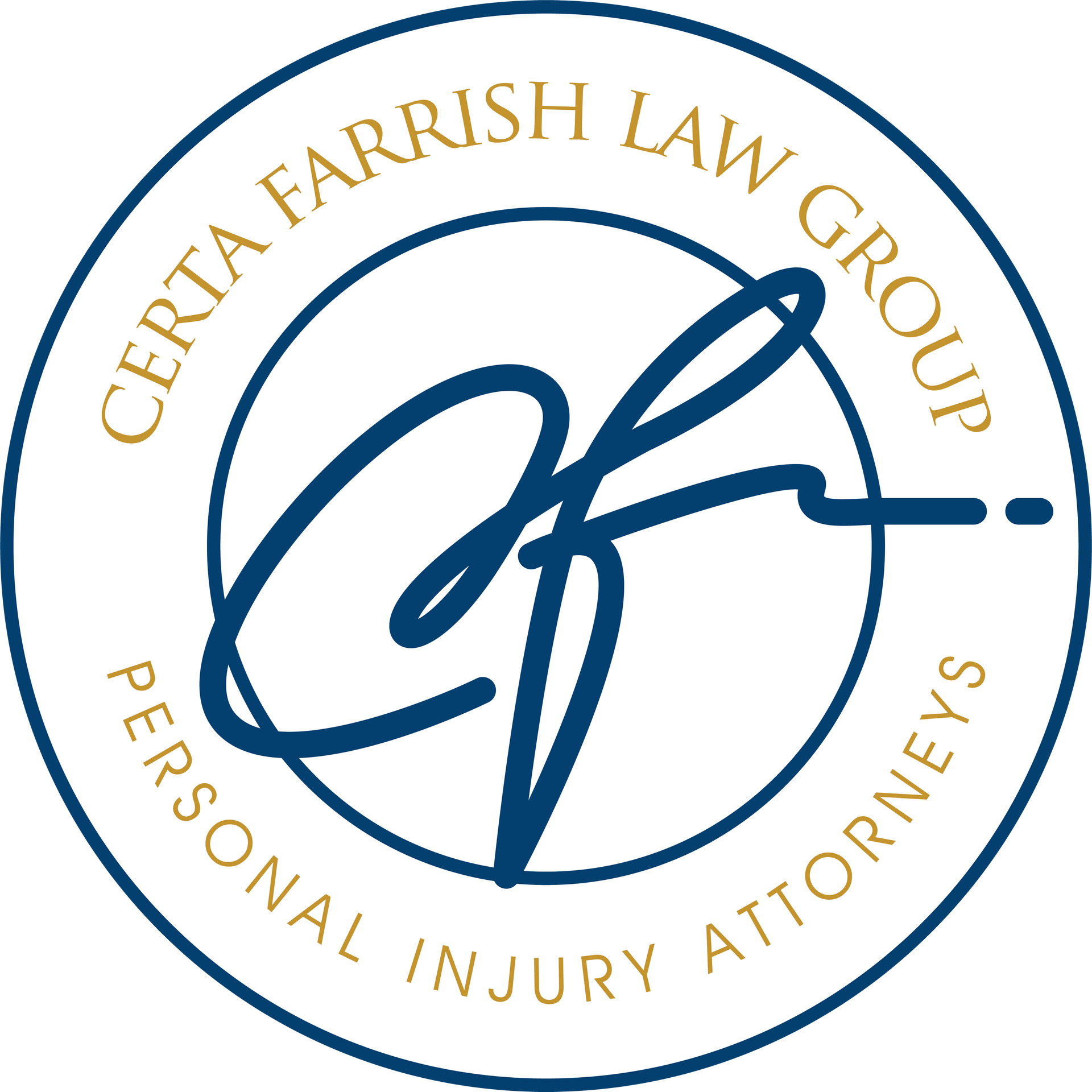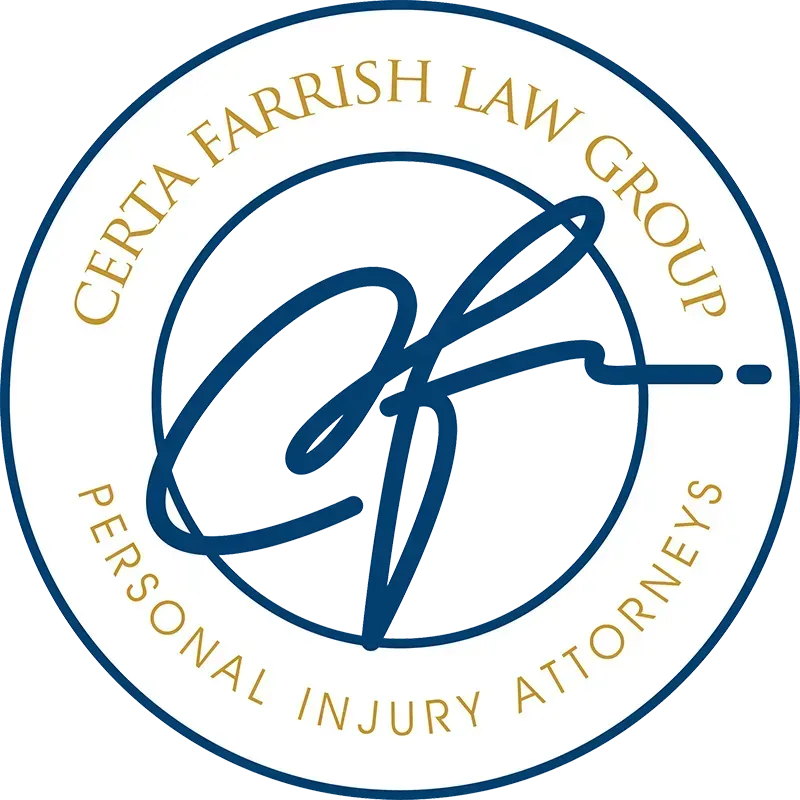Navigating the Chaos of Seattle City Streets
Seattle Motorcycle Accident Lawyers
A sudden left turn, a quick lane change, a bus lane merge—Seattle traffic can put riders in tough spots fast. If you’re searching for a Seattle motorcycle accident lawyer, we’ll help you sort next steps and protect your claim. From I-5 and I-90 to SR-99 through Downtown, Capitol Hill, Ballard, and Queen Anne, Certa Farrish Law Group handles crashes citywide and coordinates care with Harborview when injuries need urgent attention. While you focus on healing, we take on the paperwork and insurer calls so nothing important gets missed.
How We Protect Evidence From Day One
The early days matter after a crash. We secure photos and nearby camera footage, locate witnesses that may have been driving nearby, and document your gear, bike damage, and road conditions. We report basics to insurers without recorded statements, help arrange estimates and repairs, and outline medical documentation so treatment is tracked from day one. If you’re off the bike, we’ll walk through rental and loss-of-use options.
Countering Bias With Clear Evidence
Assumptions about riders can skew negotiations. We counter with evidence—intersection diagrams, lane position, headlight and brake usage, and left-turn conflict patterns common on SR-99 and the I-5 ramps. Downtown bus lanes, Capitol Hill grades, and SLU construction zones all affect visibility and stopping distance. We pull the local details together so the story reflects what really happened.
Coverage Every Seattle Rider Should Know
Washington is fault-based: the at-fault driver’s insurer generally pays for your losses. Personal Injury Protection (PIP) for motorcycles varies by policy; some riders opt out without realizing the tradeoffs. Uninsured/underinsured motorist (UM/UIM) coverage can be crucial after a hit-and-run or when the other driver carries low limits. We review your declarations page, explain options in plain English, and map out how coverage supports your recovery.
Building a Strong Seattle Case
Evidence tells the story. We request police reports, collect medical records, and document property damage with photos and estimates. Local context like signal timing on SR-99, sightlines over the Queen Anne crest, and lane merges near the I-90 express lanes helps clarify liability. We also track wage loss, therapy mileage, and daily limitations so insurers don’t ignore the real-world impact.
What Injured Motorcyclists Ask Most
When the crash happened, I had no reflective gear—am I automatically at fault after a night crash on SR-99?
Not automatically. Fault depends on many factors, including the other driver’s lookout, speed, and lane changes. Photos, headlight status, and witness statements can show your visibility was reasonable and the driver still failed to yield.
Lane position is being used against me after a collision near Capitol Hill—how do you prove what really happened?
We combine scene photos with intersection layouts, lane markings, and any available camera footage. If needed, speed and direction can be cross-checked against vehicle data and scrape patterns to build a clear timeline.
UM coverage for riders—how does it help after a hit-and-run in South Lake Union?
Uninsured motorist coverage may pay medical bills and other losses when the at-fault driver can’t be identified or lacks insurance. Report the crash promptly, get medical care, and keep receipts; we’ll coordinate benefits and pursue every available policy.
Can I recover if I’m partly at fault for a left-turn crash near the I-5 ramps?
Yes. Washington allows recovery even if responsibility is shared, though any award may be reduced by your percentage of fault. That’s why photos, lane diagrams, and witness accounts are so important to keep those percentages fair.
What’s the general time limit for a Seattle motorcycle injury claim, and why act quickly?
Many injury claims in Washington have a general three-year window, but evidence—camera footage, debris fields, and vehicle data—can disappear within days. A quick call helps lock down proof and protects your ability to recover. If you’re unsure where to start, reach out and we’ll outline next steps today.


